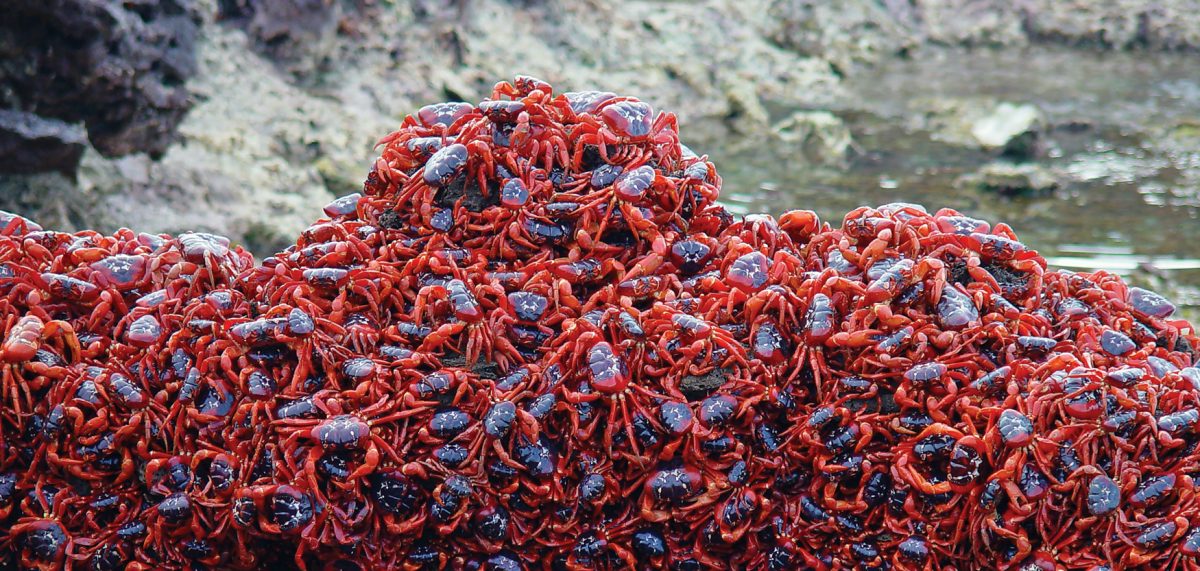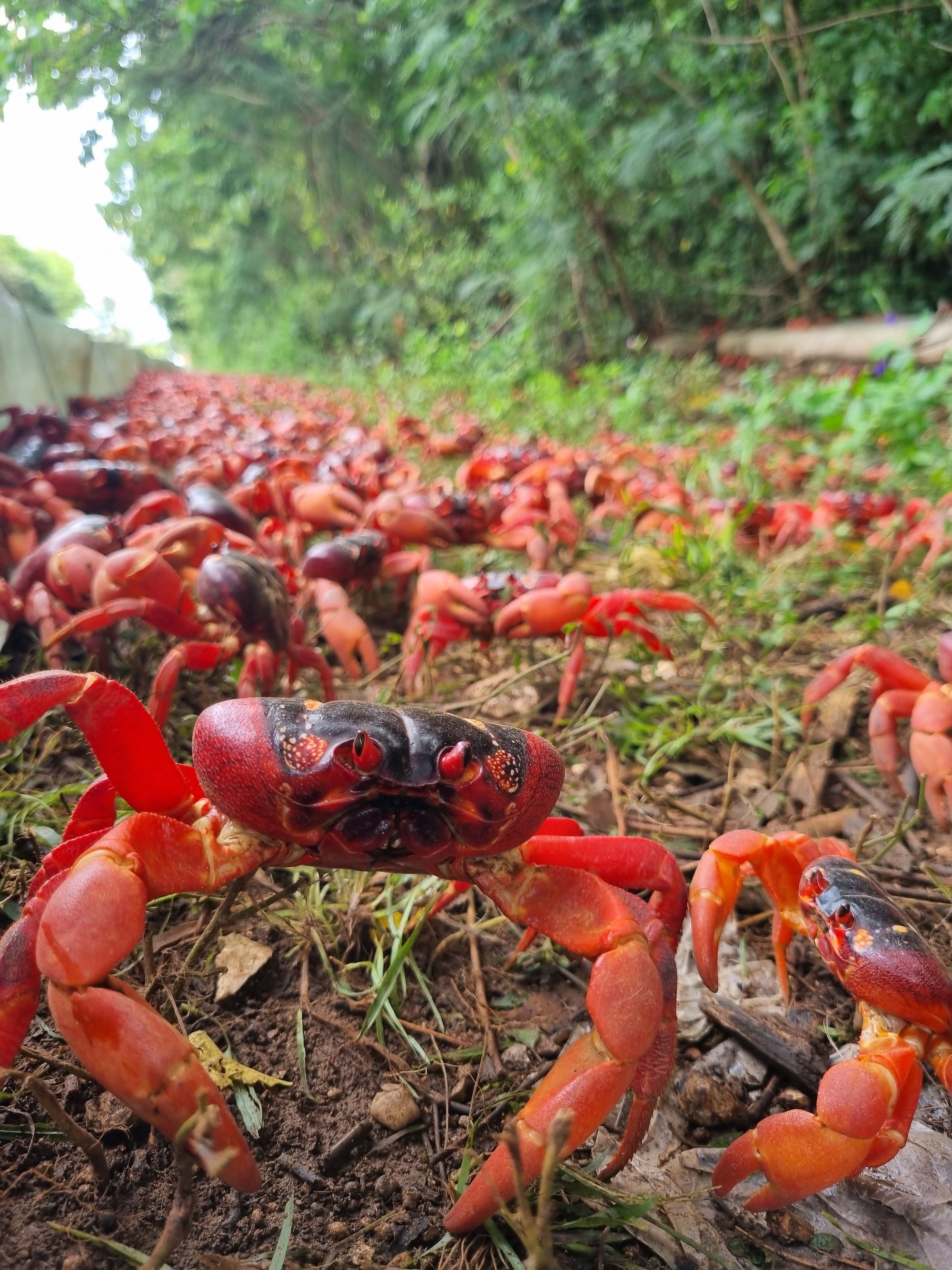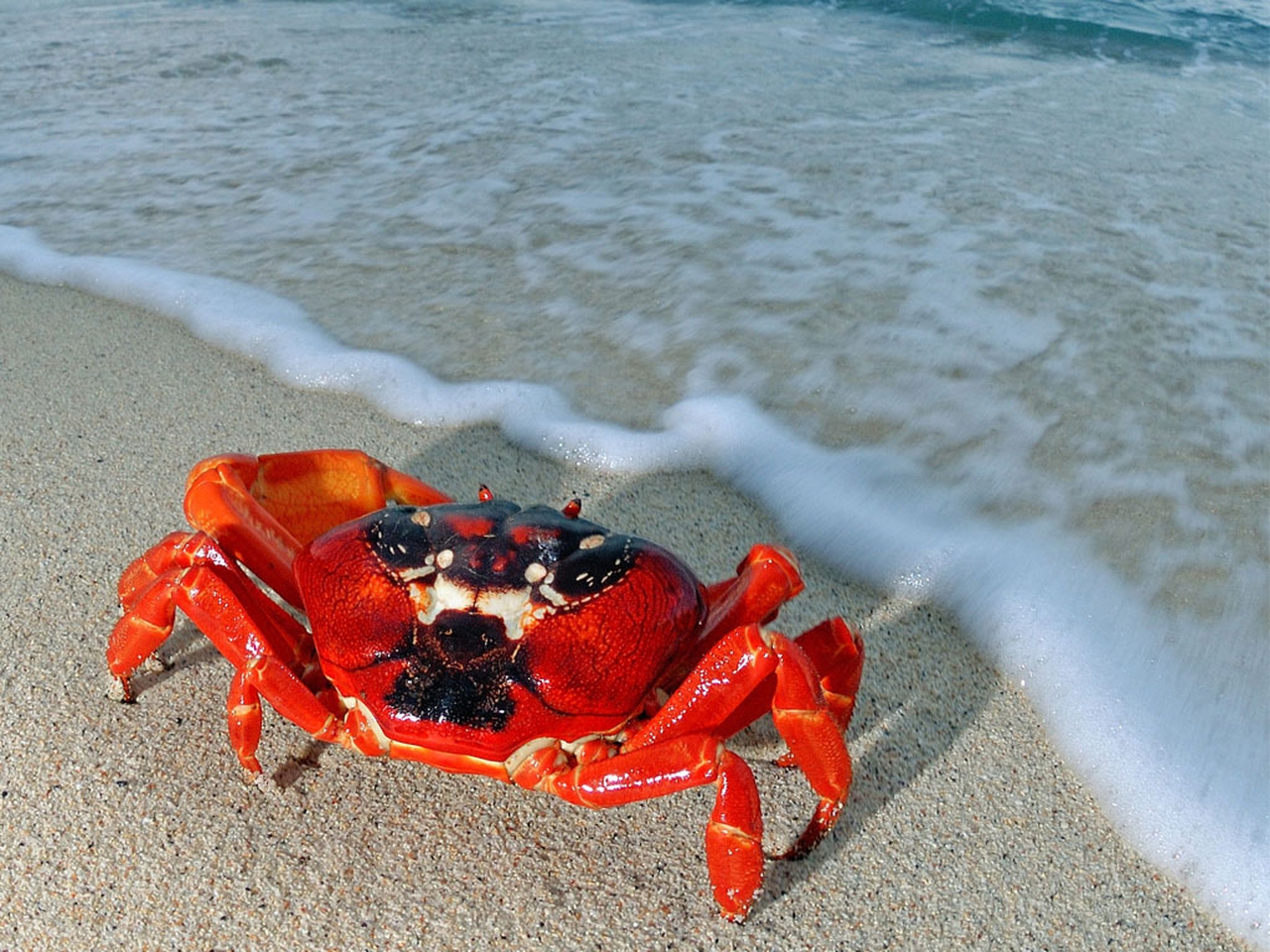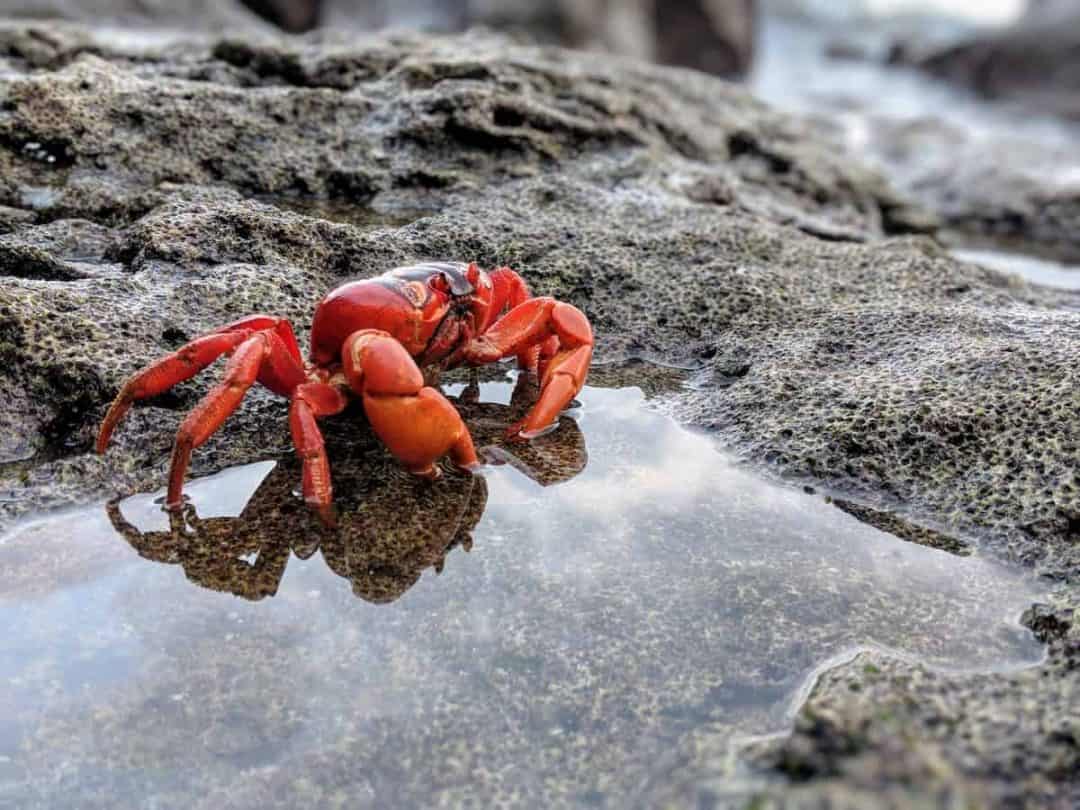Christmas Island Red Crab: A Spectacular Migration in 2024
Related Articles: Christmas Island Red Crab: A Spectacular Migration in 2024
- Christmas Images No Color 2024: A Timeless Tradition
- Christmas Images Long 2024: A Festive Collection Of Holiday Cheer
- Christmas Images Line Drawing 2024: An Artistic Exploration Of The Festive Spirit
- Christmas Images In Green: A Festive Twist On Tradition In 2024
- Christmas Images Rustic 2024: A Nostalgic Holiday With A Modern Twist
Introduction
In this auspicious occasion, we are delighted to delve into the intriguing topic related to Christmas Island Red Crab: A Spectacular Migration in 2024. Let’s weave interesting information and offer fresh perspectives to the readers.
Table of Content
Video about Christmas Island Red Crab: A Spectacular Migration in 2024
Christmas Island Red Crab: A Spectacular Migration in 2024

Introduction
Christmas Island, an isolated atoll in the Indian Ocean, is home to an extraordinary natural phenomenon: the annual mass migration of millions of Christmas Island red crabs (Gecarcoidea natalis). This breathtaking spectacle occurs during the wet season, typically between October and December, when the crabs emerge from their forest homes and embark on an epic journey to the coast to breed. In 2024, the migration is expected to reach its peak in mid-November.
The Red Crab Phenomenon
Christmas Island red crabs are endemic to the island and are renowned for their vibrant red coloration, which results from a diet rich in carotenoids. They are terrestrial crabs, meaning they live on land and only return to the ocean to breed. The crabs are relatively large, with males reaching up to 12 centimeters (4.7 inches) in length and females slightly smaller.
The migration is triggered by the onset of the rainy season, when the crabs detect an increase in humidity and rainfall. They emerge from their burrows in the forest and form vast columns that can stretch for kilometers. The crabs move in a synchronized manner, following pheromone trails left by other crabs.
The Migration Route
The crabs’ migration route is determined by the location of their breeding grounds. They head towards the nearest coastline, which can be up to several kilometers away. The crabs navigate using a combination of visual cues, such as the moon and stars, and chemical signals.
The journey can be arduous and dangerous for the crabs. They must cross roads, climb over obstacles, and avoid predators. Many crabs are killed by vehicles or become disoriented and die. However, the majority of crabs successfully reach their destination.
Breeding and Egg-Laying
Once the crabs arrive at the coast, they gather in large numbers on the beaches. The males engage in ritualistic fights to establish dominance and attract females. The females lay their eggs in burrows dug in the sand. Each female can lay up to 100,000 eggs.
The eggs hatch into tiny larvae called zoeae, which drift in the ocean for several months before developing into juvenile crabs. The juvenile crabs then return to the forest, where they spend the rest of their lives.
Ecological Importance
The Christmas Island red crab migration is an important ecological event. The crabs play a vital role in the island’s ecosystem by dispersing nutrients from the forest to the ocean and aerating the soil. Their migration also attracts a variety of predators, including birds, reptiles, and mammals, which benefit from the abundance of food.
Conservation
The Christmas Island red crab migration is a unique and iconic natural phenomenon. However, it faces several threats, including habitat loss, pollution, and climate change. Conservation efforts are underway to protect the crabs and their habitat. These efforts include reducing vehicle traffic during the migration, controlling invasive species, and raising awareness about the importance of the crabs.
Witnessing the Migration
Witnessing the Christmas Island red crab migration is a truly unforgettable experience. Visitors can observe the crabs from designated viewing platforms along the coast or join guided tours that take them to the heart of the migration. It is important to follow park regulations and avoid disturbing the crabs.
2024 Migration Predictions
The 2024 Christmas Island red crab migration is expected to be one of the most spectacular in recent years. The heavy rains and favorable conditions have created an ideal environment for the crabs. Peak migration is predicted to occur in mid-November, with millions of crabs making their way to the coast.
Conclusion
The Christmas Island red crab migration is a breathtaking natural phenomenon that showcases the wonders of the natural world. It is a testament to the resilience and adaptability of these extraordinary creatures. By protecting the crabs and their habitat, we can ensure that future generations can continue to marvel at this amazing spectacle.






![]()

Closure
Thus, we hope this article has provided valuable insights into Christmas Island Red Crab: A Spectacular Migration in 2024. We hope you find this article informative and beneficial. See you in our next article!
